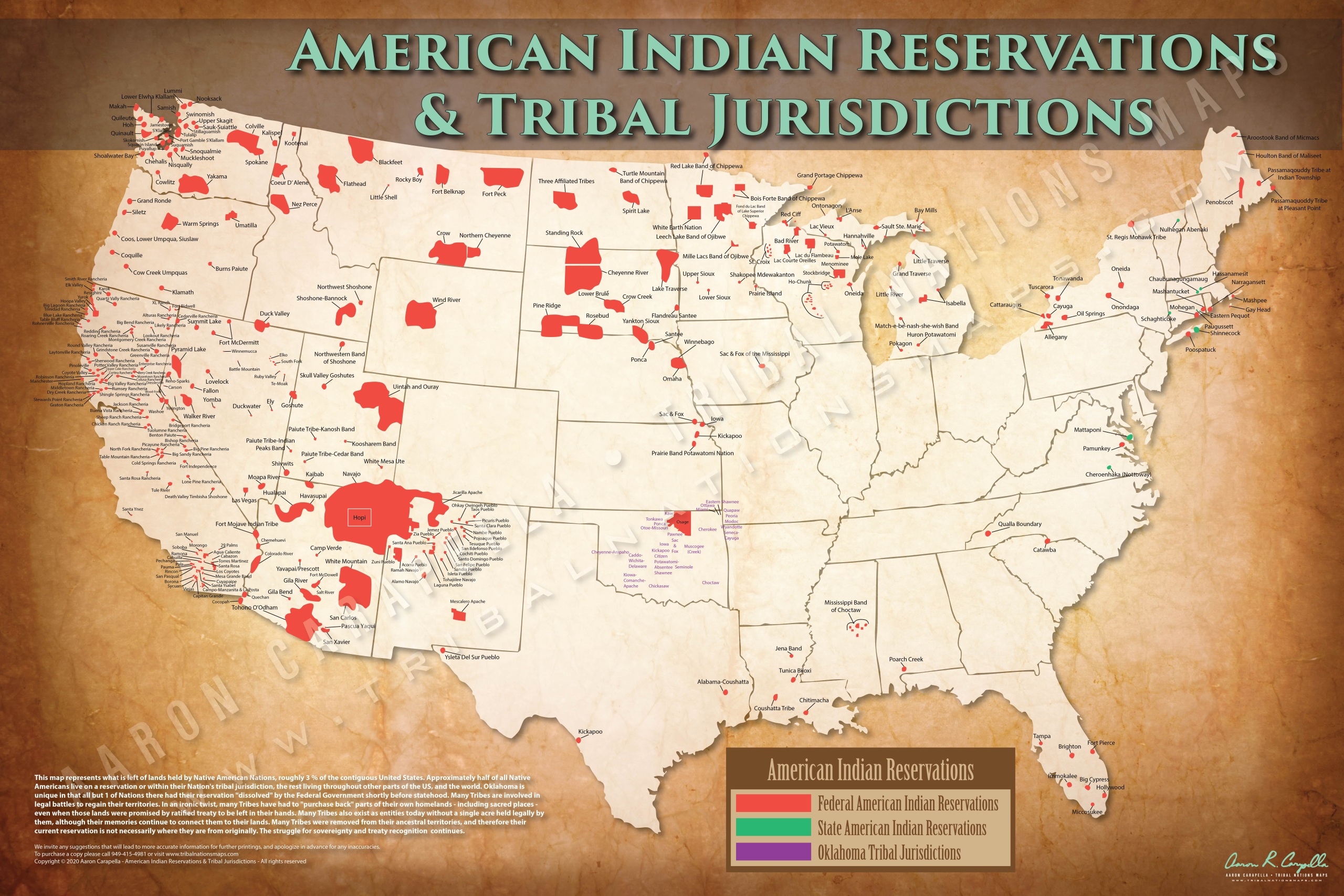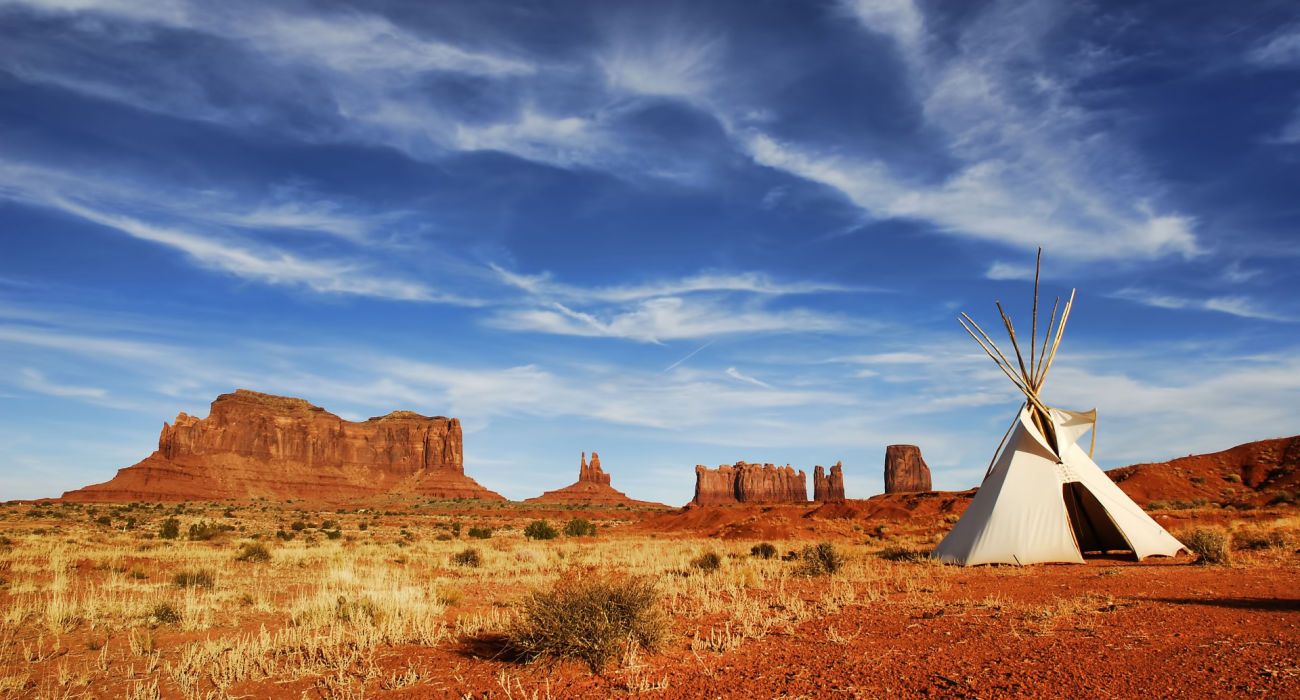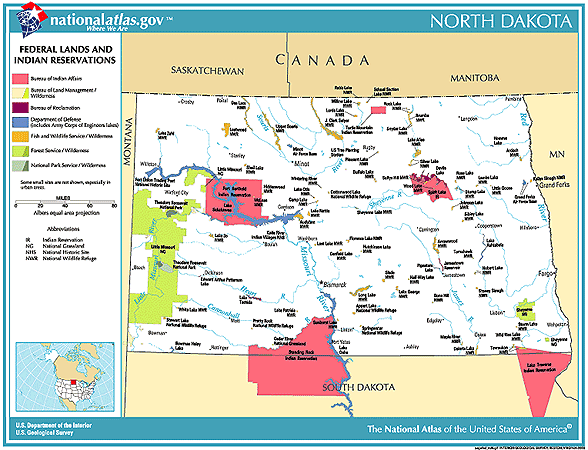Beyond the Stereotypes: Exploring Oklahoma’s Vibrant Indian Reservations
Beyond the Stereotypes: Exploring Oklahoma’s Vibrant Indian Reservations

Okay, so you’ve heard of Oklahoma. You probably know it’s known for its cowboys, oil, and maybe even its tornadoes. But what about its Native American heritage? You might be surprised to learn that Oklahoma is home to 39 federally recognized tribes and boasts the highest concentration of Native Americans in the United States. And guess what? These tribes aren’t just historical relics – they’re thriving communities with rich cultures, vibrant traditions, and a whole lot to offer visitors.
It’s easy to get caught up in the romanticized image of Native Americans living in teepees and riding horses, but that’s just a Hollywood fantasy. Oklahoma’s reservations are modern, diverse, and full of life. Think bustling casinos, cutting-edge businesses, world-class museums, and yes, even some pretty awesome pow-wows.
Related Articles: Beyond the Stereotypes: Exploring Oklahoma’s Vibrant Indian Reservations
- Unveiling Colorado's Native American Heritage: Discoveries from the Heart of Indian Reservations
- Discover the Native American Tribe of Laredo, Texas: Unraveling Ancient Histories
- Unveiling the Enduring Legacy of Indian Reservations in America: Discoveries and Insights Await
- Discover the Enchanting World of Florida's Indian Reservations
- Uncover the Enigmatic Landscape of Indian Reservations in Oklahoma: Unveiling History and Significance
Let’s dive into the fascinating world of Oklahoma’s Indian reservations and discover what makes them so unique.
A Rich History: From Forced Relocation to Self-Determination
The story of Oklahoma’s Indian reservations is, unfortunately, a story of forced relocation. In the 1800s, the U.S. government decided to move Native American tribes from their ancestral lands east of the Mississippi River to what was then called "Indian Territory." This "Trail of Tears" forced countless Native Americans to endure unimaginable hardships, losing their homes, their loved ones, and their way of life.
But even in the face of such adversity, Native American tribes in Oklahoma held onto their cultural identity. They built new lives, adapted to their new environment, and continued to practice their traditions. They formed their own governments, established schools, and fought for their rights.
Today, Oklahoma’s Indian reservations are a testament to the resilience and strength of Native American people. They’ve come a long way from the days of forced relocation. They are now self-governing entities with their own laws, courts, and police forces. They control their own resources and are working to build a brighter future for their communities.
A Tapestry of Tribes: Each With Its Own Story to Tell
Oklahoma’s Indian reservations are home to a diverse range of tribes, each with its own unique history, language, and cultural traditions. From the Cherokee Nation, the largest tribe in Oklahoma, to the smaller tribes like the Wichita and the Caddo, each tribe has its own story to tell.
Here’s a glimpse into a few of the many fascinating tribes you can find in Oklahoma:

- The Cherokee Nation: Known for their strong sense of community and their rich cultural heritage, the Cherokee Nation has a vibrant arts scene, a thriving economy, and a commitment to preserving their language and traditions.
- The Chickasaw Nation: With a focus on education and economic development, the Chickasaw Nation has established a network of schools, hospitals, and businesses, ensuring a bright future for their people.
- The Muscogee (Creek) Nation: The Muscogee (Creek) Nation is renowned for its traditional arts and crafts, including beadwork, pottery, and basket weaving. They also have a strong connection to their ancestral lands and a deep commitment to environmental stewardship.
- The Choctaw Nation: With a strong emphasis on cultural preservation, the Choctaw Nation is home to a variety of museums, cultural centers, and language programs, ensuring that their traditions are passed down to future generations.

Beyond the Stereotypes: Exploring the Modern Reality
Let’s face it, the media often portrays Native Americans in a stereotypical way. We see images of feathered headdresses, tipis, and buckskin clothing. But the reality is much richer and more diverse than that.
Oklahoma’s Indian reservations are modern communities with modern challenges and modern opportunities. They are home to a wide range of people, from young professionals to elders who have witnessed decades of change. They have their own businesses, schools, hospitals, and governments. They are working to improve their communities and to ensure a brighter future for their children.
Here are some of the ways that Oklahoma’s Indian reservations are breaking down stereotypes and showing the world what they are truly about:

- Economic Development: Many tribes have successfully diversified their economies, investing in tourism, gaming, and technology. These businesses not only create jobs and generate revenue for the tribes but also contribute to the overall economic growth of Oklahoma.
- Education: Tribes are investing heavily in education, establishing schools, colleges, and universities. They are committed to providing their children with the best possible educational opportunities, ensuring that they can compete in a globalized economy.
- Health Care: Tribes are taking proactive steps to improve the health and well-being of their communities, building hospitals, clinics, and wellness centers. They are also working to address the unique health challenges faced by Native Americans, such as diabetes and heart disease.
- Cultural Preservation: Tribes are working hard to preserve their languages, traditions, and cultural heritage. They are establishing museums, cultural centers, and language programs to ensure that their history and identity are passed down to future generations.
Visiting Oklahoma’s Indian Reservations: A Journey of Discovery
If you’re looking for a truly unique travel experience, visiting Oklahoma’s Indian reservations should be at the top of your list. You’ll be welcomed with open arms and have the opportunity to experience a culture rich in history, tradition, and resilience.
Here are a few things you can do when visiting Oklahoma’s Indian reservations:
- Visit a museum or cultural center: Learn about the history, culture, and traditions of the different tribes.
- Attend a pow-wow: Experience the vibrant colors, music, and dancing of traditional Native American celebrations.
- Visit a casino: Try your luck at one of the many casinos operated by Oklahoma’s tribes.
- Go shopping: Find unique Native American arts and crafts, from pottery and jewelry to clothing and food.
- Enjoy a meal at a tribal restaurant: Taste the delicious flavors of Native American cuisine.
- Take a tour: Learn about the history and culture of the reservation from a local guide.
Remember, it’s important to be respectful when visiting Indian reservations. Ask permission before taking photos, be mindful of your language, and dress appropriately.
FAQ: Answering Your Questions About Oklahoma’s Indian Reservations
Q: What is the difference between a reservation and a tribe?
A: A tribe is a group of Native Americans who share a common culture, language, and history. A reservation is a designated area of land that is set aside for a particular tribe by the U.S. government.
Q: How many Indian reservations are there in Oklahoma?
A: There are 39 federally recognized tribes in Oklahoma, each with their own reservation or reservations.
Q: What are the most popular tourist attractions on Oklahoma’s Indian reservations?
A: Some of the most popular tourist attractions include the Cherokee Nation’s Cherokee Heritage Center, the Chickasaw Nation’s Chickasaw Cultural Center, the Muscogee (Creek) Nation’s Creek Council House, and the Choctaw Nation’s Choctaw Nation Cultural Center.
Q: Are Indian reservations safe for visitors?
A: Yes, Indian reservations are generally safe for visitors. However, it’s always a good idea to take the same precautions you would in any other area, such as being aware of your surroundings and not displaying valuables.
Q: How can I learn more about Oklahoma’s Indian reservations?
A: There are many resources available online and in libraries. You can also contact the individual tribes directly to learn more about their history, culture, and tourism opportunities.
A Legacy of Resilience and Hope
Oklahoma’s Indian reservations are not just places on a map; they are vibrant communities filled with resilience, hope, and a deep connection to their heritage. They are a testament to the strength of Native American people and their ability to adapt, thrive, and build a brighter future for their communities.
So, the next time you think of Oklahoma, don’t just think of cowboys and oil. Think of the rich cultural tapestry woven by the state’s 39 federally recognized tribes. Think of the vibrant traditions, the innovative businesses, and the strong sense of community that make Oklahoma’s Indian reservations truly special. Go beyond the stereotypes, and discover the incredible stories waiting to be told. You won’t be disappointed.

Closure
Thus, we hope this article has provided valuable insights into Beyond the Stereotypes: Exploring Oklahoma’s Vibrant Indian Reservations. We appreciate your attention to our article. See you in our next article!


